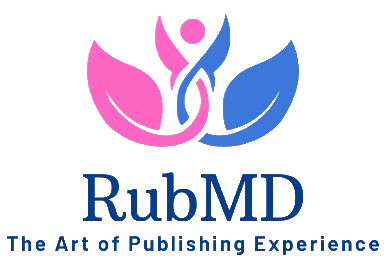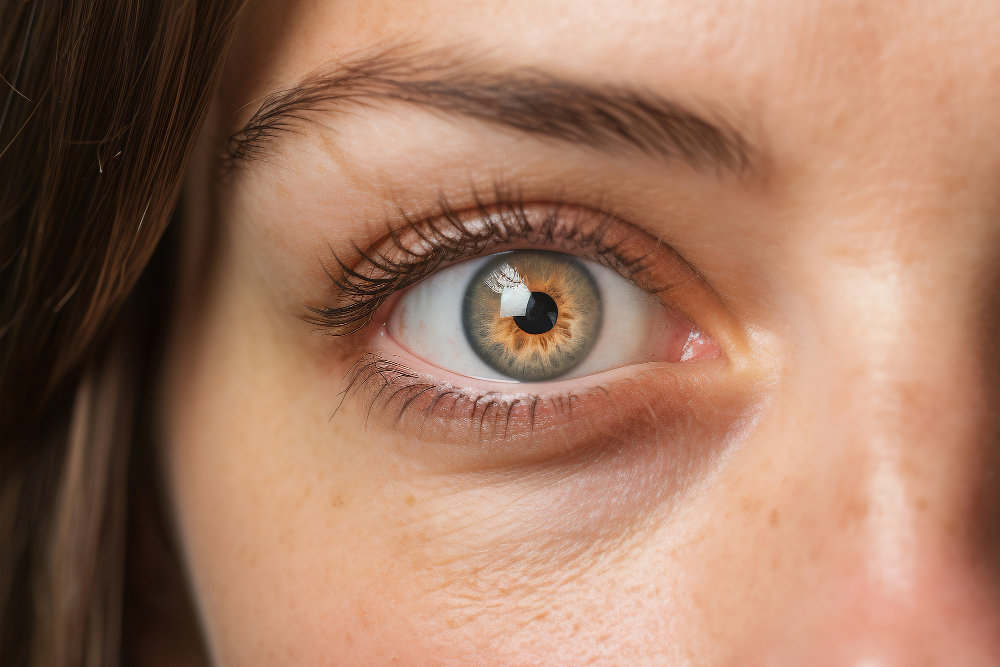In eye health, pink eye is a well-known culprit, notorious for its distinctive red appearance and uncomfortable itch. However, beneath the surface lie several conditions that often masquerade as pink eye, leading to misdiagnoses and ineffective treatments. This comprehensive exploration aims to shed light on these imposters, guiding you through the labyrinth of symptoms, diagnoses, and treatments associated with each.
Exploring Pink Eye
Pink eye, also known as conjunctivitis, is a common eye condition that causes inflammation and redness of the conjunctiva—the thin, clear tissue that lines the inside of the eyelid and covers the white part of the eye. This condition is highly contagious and can affect one or both eyes. Pink eye is usually caused by a bacterial or viral infection, but it can also result from allergies or irritants. It is important to note that pink eye can be easily transmitted from person to person through direct contact, sharing personal items like towels or pillows, or even touching contaminated surfaces.
Symptoms of pink eye include redness in the white part of the eye, swelling of the eyelids, itching or a gritty feeling, excessive tearing, discharge that may be yellow or green, and sensitivity to light. Viral pink eye may also be accompanied by fever, sore throat, and swollen lymph nodes. If you suspect that you or someone you know has pink eye, seeking medical attention for proper diagnosis and treatment is important.
The Common Imposters
Allergic Conjunctivitis
One of the most common imposters is allergic conjunctivitis. It shares similarities with pink eye, causing redness, itching, and tearing, but it is triggered by pollen, dust, or pet dander. Unlike infectious pink eye, allergic conjunctivitis usually affects both eyes and is accompanied by nasal symptoms like sneezing and a runny nose.
Creative Tip: To differentiate between the two, try maintaining an “allergen diary” where you note your activities and locations to identify patterns that could trigger allergic reactions.
Dry Eye Syndrome
Dry eye syndrome can also mimic pink eye symptoms, including redness and a scratchy sensation. It occurs when your eyes do not produce enough tears or when the quality of your tears is poor. This condition is more common in older adults and can be exacerbated by computer use, air conditioning, and certain medications.
Creative Tip: Consider using “eye-friendly” computer glasses and taking regular breaks to blink and relax your eyes when working on digital devices for extended periods.
Blepharitis
Blepharitis, inflammation of the eyelid margins, can present symptoms similar to pink eye, including redness, itchiness, and flaky debris around the eyelashes. It is often caused by bacterial infection or skin conditions like dandruff and rosacea.
Creative Tip: Create a soothing routine using warm compresses and a gentle eyelid cleanser to alleviate symptoms and promote healing.
Corneal Abrasions
Corneal abrasions, or scratches on the eye’s surface, can lead to redness, pain, and a sensation of something in the eye—symptoms easily confused with pink eye. These abrasions can result from something as simple as rubbing your eye or being poked by a foreign object.
Creative Tip: Consider wearing protective eyewear during activities that may pose a risk of eye injury, such as sports or DIY projects.
Diagnosing the Imposters
The role of professional diagnosis cannot be overstated when it comes to accurately distinguishing pink eye from its doppelgangers. Healthcare professionals utilize a combination of patient history, symptom analysis, and specific diagnostic tests, such as slit-lamp examinations and swabs, to pinpoint the exact nature of the condition.
Creative Tip: Create a symptom timeline or collage to visually represent the progression of your eye discomfort, which can provide valuable insights during discussions with your healthcare provider.
Treatment Strategies
While pink eye, depending on its cause (viral, bacterial, or allergic), often resolves on its own or responds well to prescribed medications, the treatment for its imposters can vary significantly.
General Treatment Options: The general approach to treating pink eye includes maintaining eye hygiene, applying warm compresses, and using antibiotic drops for bacterial infections or antihistamines for allergic conjunctivitis. In contrast, treating conditions like dry eye syndrome might involve using artificial tears or prescription eye drops to increase tear production.
Specific Treatments for Each Imposter:
- Allergic Conjunctivitis: Avoiding allergens and using antihistamine or steroid eye drops can be effective for allergic conjunctivitis.
- Dry Eye Syndrome: Consider environmental modifications and possibly tear-stimulating drugs.
- Blepharitis: Establish an eyelid hygiene routine and use prescribed antibiotic ointments if necessary.
- Corneal Abrasions: Seek timely medical attention for proper evaluation and treatment.
Prevention and Eye Health Maintenance
Creative Tip: Introduce eye-nourishing foods like carrots, spinach, and citrus fruits into your diet to support overall eye health and reduce the risk of certain eye conditions.
The Role of Regular Eye Exams
An often-overlooked aspect of preventing misdiagnosis and maintaining eye health is the importance of regular eye exams. These exams allow eye care professionals to assess your vision, prescribe corrective lenses if needed, and examine your eyes’ overall health. Regular check-ups can detect early signs of conditions that might otherwise be misdiagnosed as pink eye, ensuring timely and appropriate treatment.
Creative Tip: Create a vision board to visually depict your eye health goals and remind yourself of the importance of regular eye check-ups. Additionally, involve your family and friends in scheduling regular eye exams to promote a culture of proactive eye care within your social circle.
Conclusion
Understanding the nuanced differences between pink eye and conditions that mimic its symptoms is essential for effective treatment and eye health. By recognizing the signs and seeking a professional diagnosis, you can ensure that you’re addressing the root cause of your eye discomfort rather than merely treating the symptoms. Regular eye exams become even more critical as we age, as the risk for various eye conditions increases. These exams also allow you to discuss any concerns or symptoms you’re experiencing, which could be crucial in differentiating between pink eye and its imposters.



